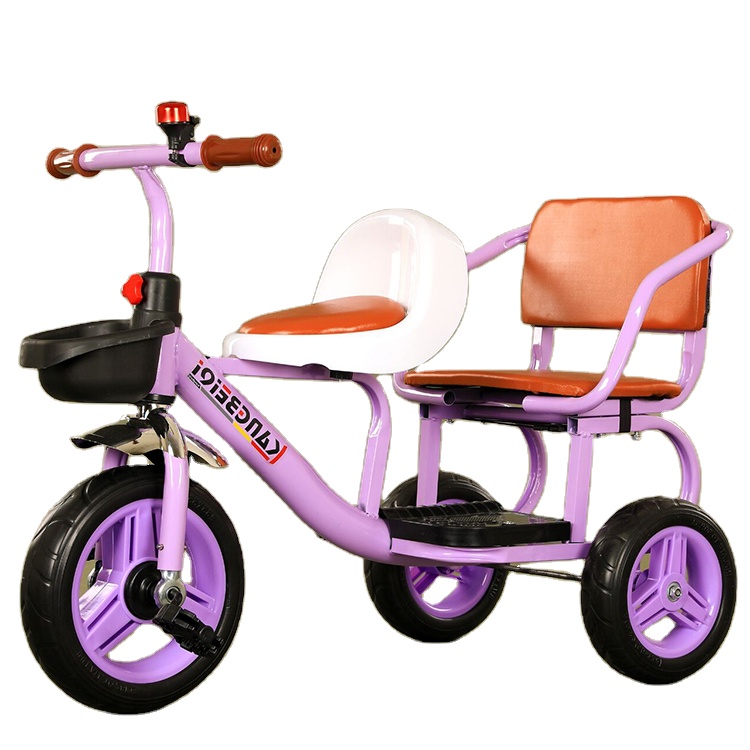Exploring Fun and Safe Baby Activity Walkers for Happy Little Learners
The Benefits and Considerations of Baby Activity Walkers
Baby activity walkers have long been a popular tool for parents looking to encourage their little ones to move and explore their surroundings. These colorful and engaging devices are designed to facilitate mobility for babies who are just starting to stand and walk. However, while they can offer several benefits, it’s important for parents to consider various aspects before introducing a walker into their child’s playtime.
Benefits of Baby Activity Walkers
One of the primary advantages of baby activity walkers is that they encourage early movement. Babies who are ready to walk may find these walkers to be enjoyable due to their interactive features, such as toys, lights, and sounds. These captivating elements can motivate infants to push the walker along, helping them practice their cruising skills and develop leg strength. Furthermore, walkers can provide a sense of independence, allowing babies to explore their environment safely while also being supervised by their parents.
Another noteworthy benefit is that many activity walkers are designed to be multi-functional. They often include a variety of play areas, which can stimulate a baby’s cognitive development. Activities that involve pushing buttons, handling small objects, or spinning toys can enhance fine motor skills and hand-eye coordination. Additionally, bright colors and different textures can capture a baby’s attention and instill early sensory experiences.
Considerations and Safety Concerns
baby activity walkers

Despite these benefits, parents should exercise caution when using baby activity walkers. Safety is a major concern, as walkers can lead to accidents. Babies in walkers can quickly move into areas that are not baby-proofed, potentially leading to falls down stairs or collisions with furniture or other objects. Several countries have imposed regulations on the sale of walkers due to these safety risks, and parents are encouraged to consider whether the benefits outweigh the potential dangers.
Moreover, prolonged use of activity walkers can hinder a baby's natural development. Some experts suggest that excessive reliance on walkers may delay key milestones in walking and balance, as they provide support that babies might not otherwise experience when learning to stand and move independently. Instead, parents should encourage floor play, allowing babies to build their muscles and coordination through tummy time and crawling.
Alternatives to Baby Activity Walkers
For parents who are concerned about the safety implications or developmental delays associated with walkers, there are numerous alternatives to consider. Push toys and stationary activity centers can provide a similar level of engagement without the same risks. Push toys allow babies to pull themselves up and walk while providing stability and support without the mobility of a traditional walker. Stationary activity centers focus on play without allowing the baby to move around, encouraging standing and play while minimizing safety concerns.
In conclusion, baby activity walkers can be beneficial tools for stimulating movement and play in infants. They can foster independence and promote cognitive skills through their engaging designs. However, parents must be vigilant about safety and the potential developmental implications of extended use. By weighing the pros and cons and considering alternatives, caregivers can create a safe and enriching environment that supports their child's growth and exploration. Ultimately, ensuring a balance between structured play and free movement is key to fostering healthy development in early childhood.
-
Kids Powered ATV Ride-Ons with GPT-4-Turbo ManufacturerNewsAug.03,2025
-
: Premium 12V Kids Electric Cars | Safe & Durable Ride-OnsNewsAug.02,2025
-
Premium Kids Powered Ride-On ATVs | Top ManufacturerNewsAug.01,2025
-
Durable Powered Ride On Toys for Kids - ATVs ManufacturerNewsJul.31,2025
-
Premium Kids Power Ride-On ATV Toys | Expert ManufacturerNewsJul.31,2025
-
Best Swing Car Ride for Kids – LED, Duck & Baby Models from ChinaNewsJul.30,2025
